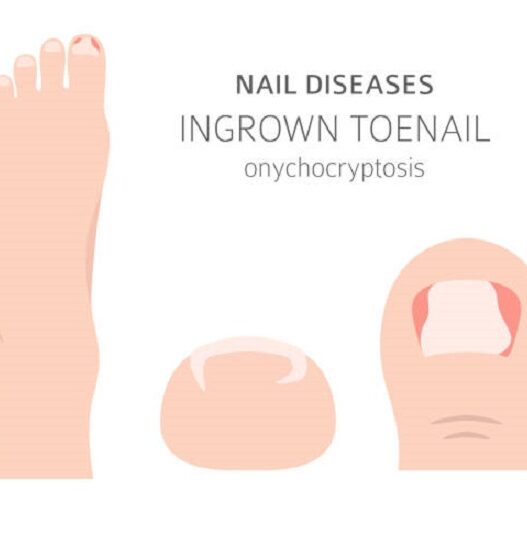ADHD presentations vary significantly across age groups, with hyperactive symptoms more prevalent in younger children and inattentive symptoms becoming more prominent during adolescence. This developmental progression reflects natural maturation processes where external hyperactivity may diminish while attention and concentration difficulties persist or become more apparent as academic and organizational demands increase.
Diagnostic complexity increases when considering developmental appropriateness of behaviors, as normal childhood activity levels can mimic ADHD symptoms. Mental health professionals must carefully differentiate between ADHD and other conditions with overlapping symptoms, particularly depression and anxiety disorders that also affect attention and concentration. The diagnostic process requires comprehensive evaluation across multiple domains and settings.
The evolution of ADHD presentations means that children initially diagnosed with predominantly hyperactive-impulsive type may later meet criteria for combined presentation as inattentive symptoms emerge with academic challenges. Conversely, adolescents may present with predominantly inattentive symptoms as hyperactivity naturally decreases with age. This highlights the importance of ongoing assessment and recognition that ADHD is a dynamic condition requiring flexible diagnostic and treatment approaches throughout development.




